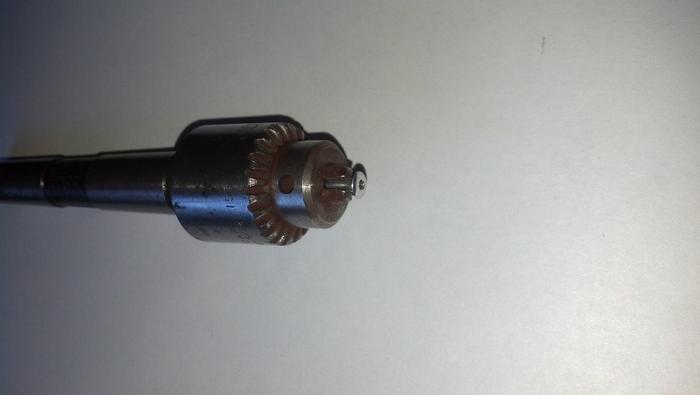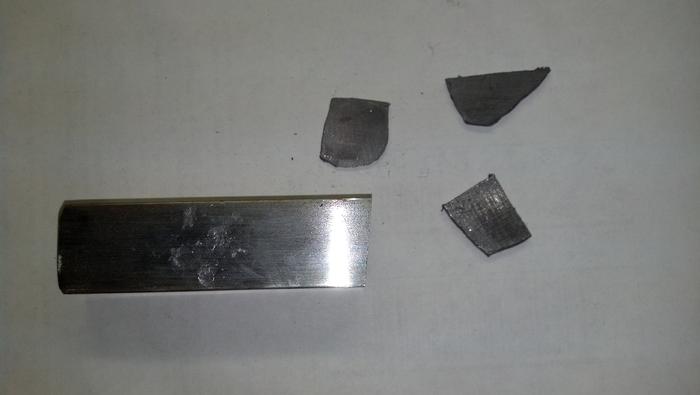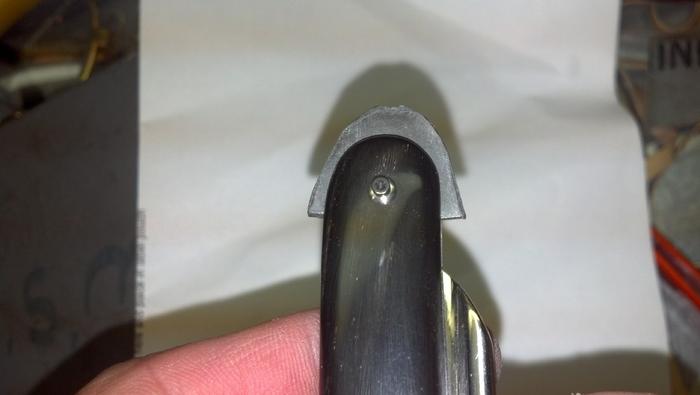Results 11 to 17 of 17
Thread: George Butler horn scales
-
08-24-2013, 10:50 AM #11

"Replacing all the G10 with horn" There are a lot of reasons to like G10, but I am of the kind who thinks old blades are better restored as close as possible to their original state. A before pic on this razor would have proven my point to some, but would have been unproductive. The razor (faux frameback) is a beauty, a racy looking blade that says to me, 'if you are in a hurry, take me.' +1 on what others have said about the pinning: looks like a hammer never touched a pin.
"Call me Ishmael"
CUTS LANE WOOL HAIR LIKE A Saus-AGE!
-
The Following User Says Thank You to WW243 For This Useful Post:
Tarkus (08-24-2013)
-
08-24-2013, 11:02 AM #12Senior Member


- Join Date
- Dec 2011
- Location
- I'm Gonna Spend Another Fall In Philadelphia
- Posts
- 1,991
Thanked: 498 Oh no!!!!! That Butler is a killer. I dont think I've ever used this razor without nicking the hell out of myself. Its like shaving with a surgical scalpel.The razor (faux frameback) is a beauty, a racy looking blade that says to me, 'if you are in a hurry, take me.
Oh no!!!!! That Butler is a killer. I dont think I've ever used this razor without nicking the hell out of myself. Its like shaving with a surgical scalpel.The razor (faux frameback) is a beauty, a racy looking blade that says to me, 'if you are in a hurry, take me.
-
08-24-2013, 11:06 AM #13
-
08-25-2013, 05:53 PM #14

That is nice! That black horn is smooth and classic. The most perfect pinning job ever! So how do you turn down the rivets? Do you chuck on the mandrel before removing it? what sort of tool? A small lathe? I hope you will make some wedge-shaped wedges in the future! (And tell me how you did it)

Nice job, but a before pic of the G10 scales should be shown. At least tell us what color they were "Don't be stubborn. You are missing out."
"Don't be stubborn. You are missing out."
I rest my case.
-
The Following User Says Thank You to sharptonn For This Useful Post:
Tarkus (08-25-2013)
-
08-25-2013, 07:59 PM #15Senior Member


- Join Date
- Dec 2011
- Location
- I'm Gonna Spend Another Fall In Philadelphia
- Posts
- 1,991
Thanked: 498
Thanks Sharptonn and everyone who dug it.
I remove the nail from the rivet and lightly grab the body in a pin vice chuck the vice in the lathe. I then turn the pop flange edge down about 1/32", and with a jewelers file tame the edge a bit. If you look at post #6 of the pop rivet photo you can see the difference. You wouldnt think it but there all the same rivet. It sounds like alot of work but if you do a hand full at a time it's not so bad. As far as the size lathe its a full metal turning machinists lathe, at my business shop. Oh that wedge just kills me. Yes I hate that wedge it started out great I bashed a hunk of lead into a nice wedge shape with my trusty wedge bashing block. I thought it would be a fine wedge. It really smeared a big footprint so I drilled the wedge pin hole soft mounted the razor with fasteners and it looked good. I pinned it and with nib cutters I began to cut the excess lead around the scale. Then the wedge just got wider & wider UGGGGGGGH. It is what as known as poor planing, plain & simple. Next one will be right I promise.
Oh and the original scales were bright,bright (did I say BRIGHT) orange.



Last edited by Tarkus; 08-25-2013 at 08:07 PM.
-
08-25-2013, 08:17 PM #16

Nice work! thanks for the pics as well! If I can get ahold of a tool for my little lathe to cut stainless, I am going to give it a go! I have made a few lead wedges myself, lotsa trial and error. The stuff is good for fit to the scales but it reacts to everything you do!
Orange, eh? Oh NOW I have a picture in my mind! HAR! "Don't be stubborn. You are missing out."
"Don't be stubborn. You are missing out."
I rest my case.
-
The Following User Says Thank You to sharptonn For This Useful Post:
Tarkus (08-25-2013)
-
08-25-2013, 08:53 PM #17

Nicely done. Very clean work.
Mastering implies there is nothing more for you to learn of something... I prefer proficient enough to not totally screw it up.
-
The Following User Says Thank You to tiddle For This Useful Post:
Tarkus (08-25-2013)


 35Likes
35Likes LinkBack URL
LinkBack URL About LinkBacks
About LinkBacks






 Reply With Quote
Reply With Quote

